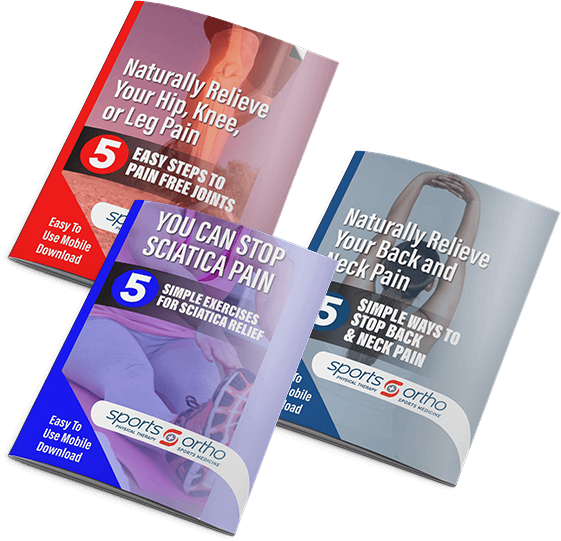Are Your Dietary Choices Making You Hurt?
Some people eat to live, others live to eat — and still others are feeding their chronic aches and pains without even realizing it. If your pain issues have gotten steadily worse, maybe you need to look at your nutritional choices. Eating too much and/or eating the wrong things can fire up your inflammatory responses and contribute to muscle, nerve or joint pain. Fortunately, you can reverse this trend by adopting a healthy nutritional strategy as part of a holistic physical therapy program.
The Connection Between Nutrition and Pain
How many times have you heard the old expression, “You are what you eat?” This statement is accurate in many ways, including some rather painful ones. Certain kinds of foods are known to cause or aggravate inflammatory responses and chronic pain. You may be doing yourself more harm than good if you regularly consume:
- Red meat
- Alcohol
- White bread or other highly-processed carbs
- Caffeinated foods and drinks
- Potatoes, tomatoes, eggplant, and other members of the nightshade family
- Foods heavy in processed sugars and/or trans fats (including cookies, donuts and margarine)
These foods can make you hurt in various ways. Sugar and aspartame, for instance, raise both your insulin levels and your pain sensitivity. Caffeine and tomatoes both raise your body’s acidity levels, promoting inflammatory pain. But for all these foods (and several others), the bottom line is same: an increase in your aches and pains.
Poor dietary and nutritional choices can also increase your pain by increasing your waistline. Excessive quantities of rich, fatty, sugary or starchy foods can cause your weight to balloon, especially if you lead a sedentary lifestyle. This extra weight can accelerate joint degeneration, aggravating arthritis pain. It can also place undue strain on your muscles as they struggle to support your heavier body. Obesity can even encourage the development of bulging or herniated discs, leading to neurological issues such as sciatica.
How a Physical Therapist Can Help You Change Things for the Better
The good news is that the right foods can fight inflammation just as effectively as the wrong foods can worsen it. Simply switching to a Mediterranean diet can put you on a healthier, less painful path. This diet emphasizes fruits, vegetables, fish, whole grains, and healthy oils such as olive oil — all delicious choices with high nutritional value and low inflammatory potential. Even your choice of spices can make a huge difference in your comfort; turmeric, for instance, is a potent natural anti-inflammatory. Your physical therapist can point you toward the right nutritional changes to help you control your pain.
Weight control is another vital aspect of pain management. Your physical therapy plan may include recommendations on how many calories you should consume, what kinds of foods you should eat to avoid getting fat, and any other necessary changes to your eating schedule or patterns.
Increasing your physical activity will help you get the most out of your new nutritional routine. For example, strength training that builds muscle boosts your metabolic rate, helping your body burn calories more easily. Other physical therapy techniques to ease chronic aches and pains will help you become that much more mobile — enabling you to boost your workout regimen, lose more weight, and take more strain off of your joints and tissues.
Take Pain off Your Menu — Contact Our Physical Therapy Center
Eating for health can include eating for pain management. Contact our physical therapy center to make this strategy work for you!
Source:
- https://www.clinicalpainadvisor.com/home/conference-highlights/painweek-2016/the-role-of-nutrition-in-modulating-chronic-pain/
- https://health.clevelandclinic.org/anti-inflammatory-diet-can-relieve-pain-age/
- http://www.apta.org/PatientCare/Nutrition/
- https://ptandrehab.com/why-low-back-pain-may-not-go-away/
- https://www.arthritis.org/living-with-arthritis/arthritis-diet/foods-to-avoid-limit/food-ingredients-and-inflammation-10.php
- https://www.endocrineweb.com/news/diabetes/60722-mediterranean-diet-anti-inflammatory-foods-behind-health-benefits
Tags: physical therapy, physical therapist, physical fitness, health, fitness, health and wellness, Sports and Ortho Physical Therapy, nutrition, aches, pains, Aches and Pains, physical activity, arthritis pain




